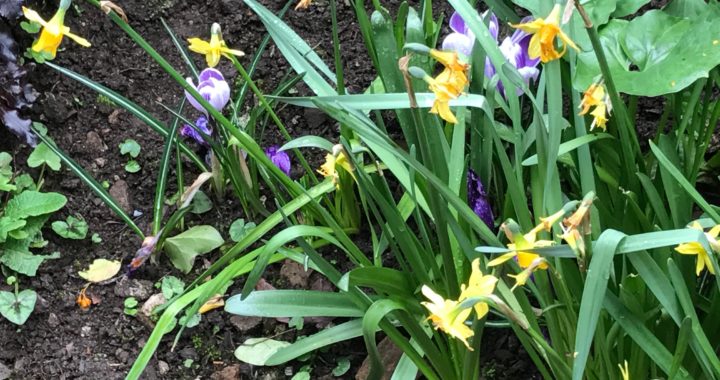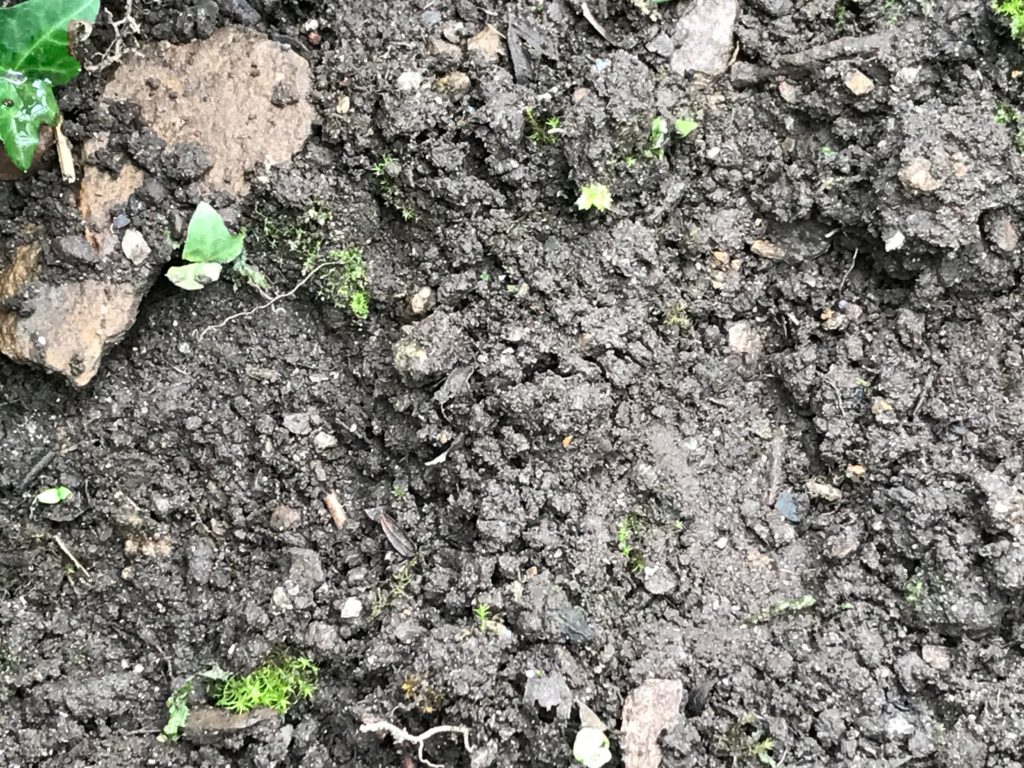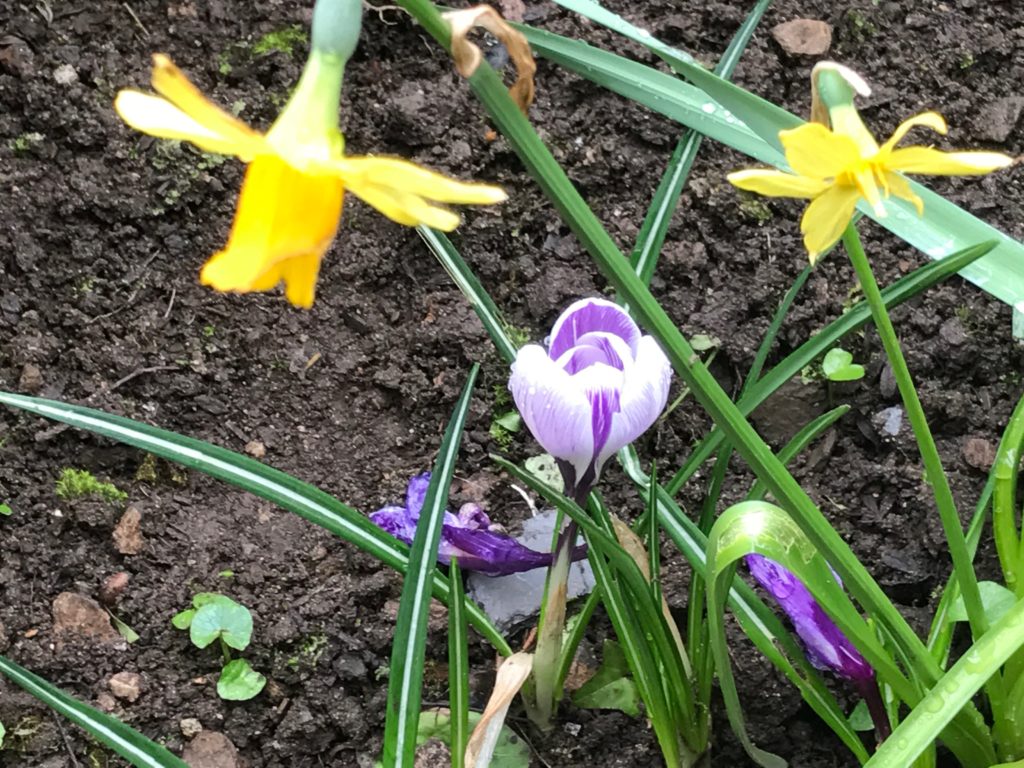Everywhere I go, my eye is surprised by color bursting through the earth. It is spring. Flowers emerging remind us of what we may have forgotten during the darker winter months. It is a time when it is relatively easy to perceive birth, hope and newness all around us. What would it be like to orient to this potential all the time, everywhere?
Wait, you say, I thought this blog was about Biodynamics, not spring flowers! It’s true that Biodynamics is not about flowers blossoming everywhere, but, in a way, it is.
Biodynamics, Flowers and Wholeness
In my last post, I wrote about orienting to wholeness. When we see flowers, we may forget the dreariness we have just passed through. We may not acknowledge the dirt and rain that enabled this flowering. Similarly, in the midst of long snowy days (or perhaps cloudy, rainy days, like where I live in England), we may forget how the moisture feeds the roots underground, enriching the earth, preparing the ground for flowers we will eventually see. Biodynamics teaches us to remember.
When I hold a client, I am aware of places of holding, density, patterning, unresolved traumas from the past. These often jump out to be seen upon first contact. If I don’t acknowledge them with my awareness, they will often reassert themselves throughout the session, preventing the settling needed in order for deeper healing work to proceed. If, however, I acknowledge them by allowing my focus to be pulled into them, falling into the drama they may present, being sucked into what Peter Levine has termed the “trauma vortex,” I am no longer available as a bridge to wholeness.
Even with the most severe trauma, there is still health at work. There is always wholeness, even when the person cannot sense or remember it. When I hold the pain within this larger, wider field of wholeness, it becomes available as a source of support within which the trauma can begin to be resolved. Hidden flowers can begin to push through the compost, displaying their full beauty.



